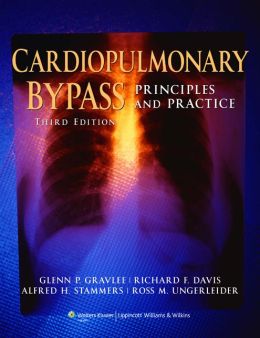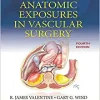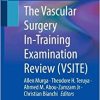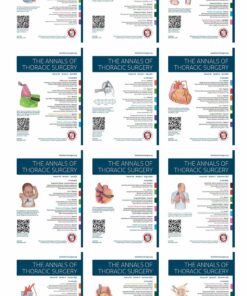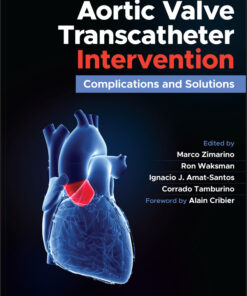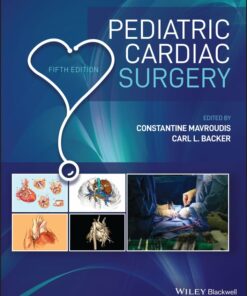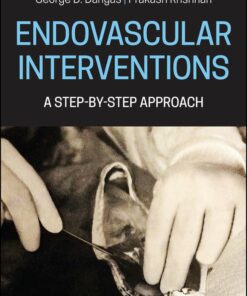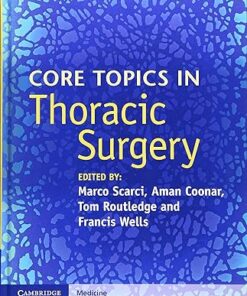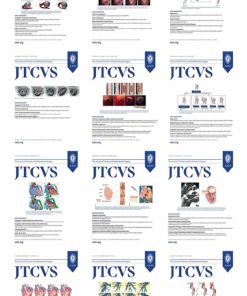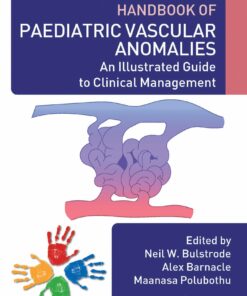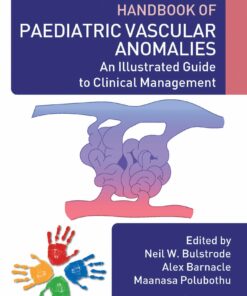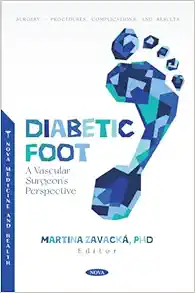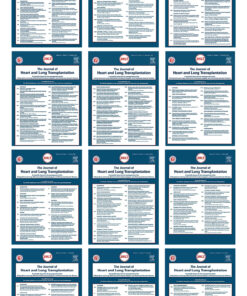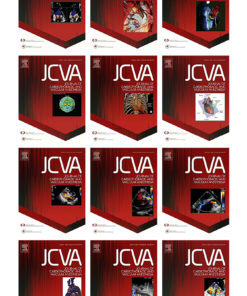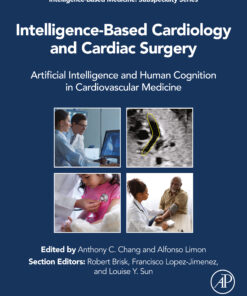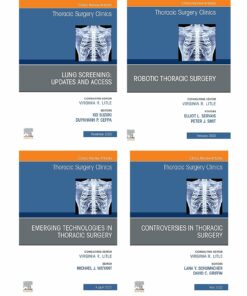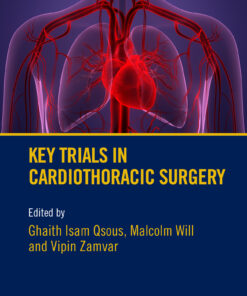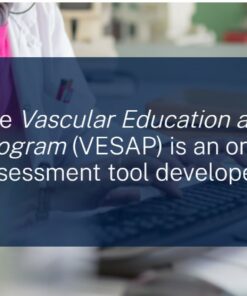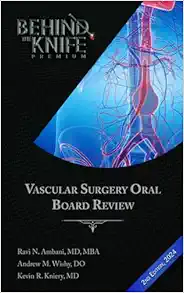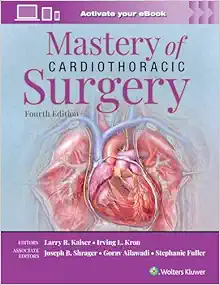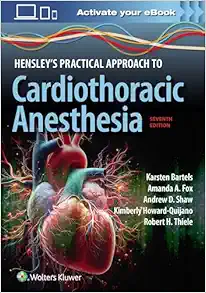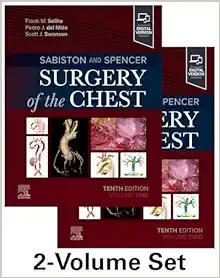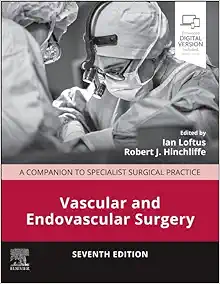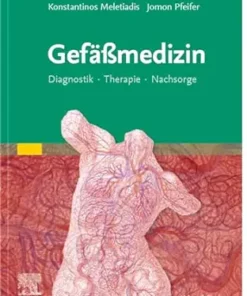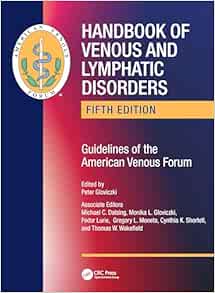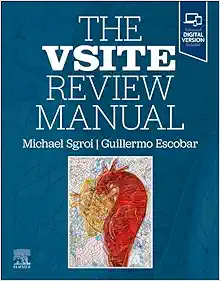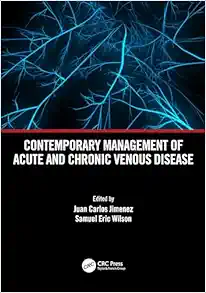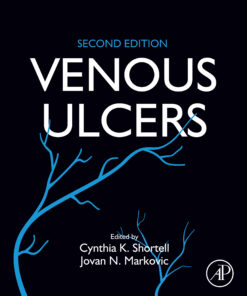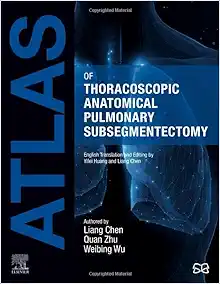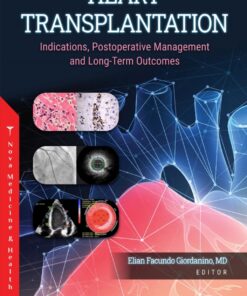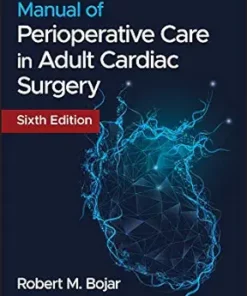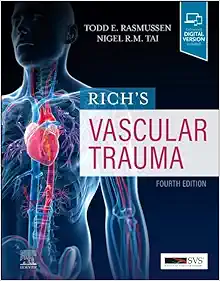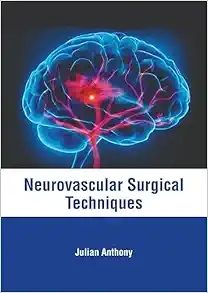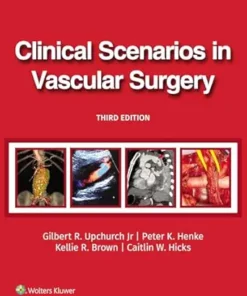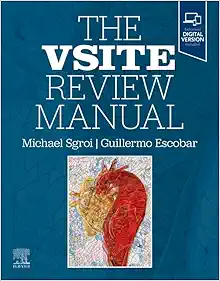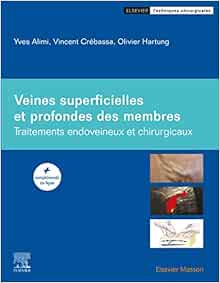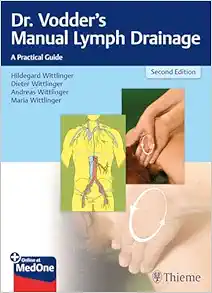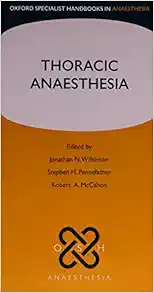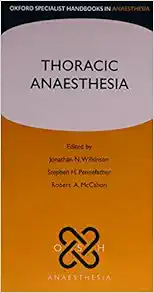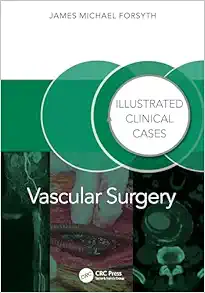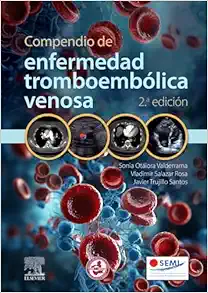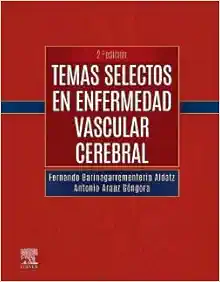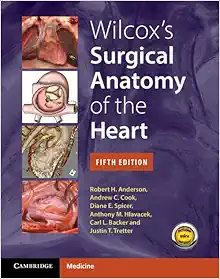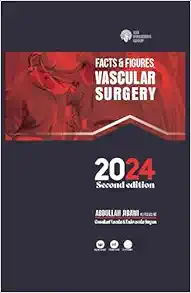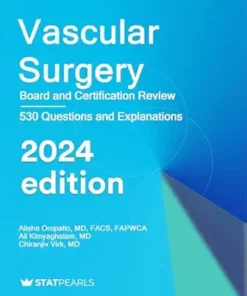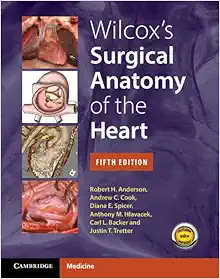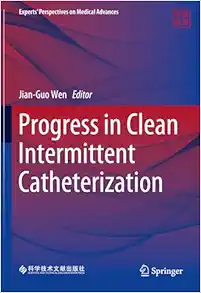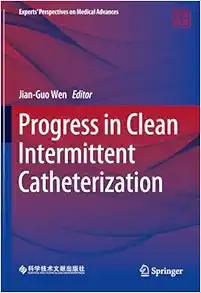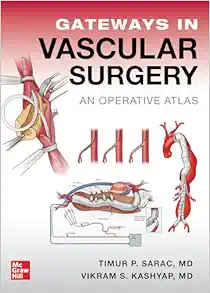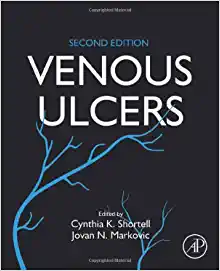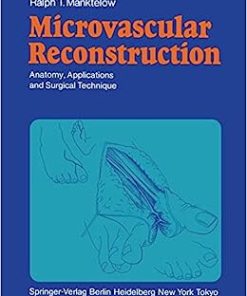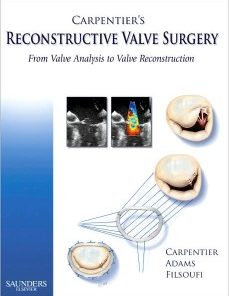Cardiopulmonary Bypass: Principles and Practice, 3rd Edition
$6
Format : Publisher PDF
File Size : 10.4 MB
Cardiopulmonary Bypass: Principles and Practice, 3rd Edition
Cardiopulmonary bypass has become an indispensable life-saving technique that puts the human body on pause, making it feasible to perform complex cardiac surgeries. Since its inception, the procedure has undergone countless refinements and variations, thanks to the ongoing advances in medical technology, surgical techniques, and specialized knowledge. Navigating the constantly expanding body of knowledge on cardiopulmonary bypass can be daunting for cardiac surgeons, perfusionists, and other relevant healthcare professionals. In this regard, Glenn P. Gravlee’s “Cardiopulmonary Bypass: Principles and Practice” serves as a reliable reference guide, providing readers with an in-depth analysis of the theoretical foundations and practical applications of cardiopulmonary bypass.
The third edition of this book maintains the editorial team of Glenn P. Gravlee, Richard F. Davis, Alfred H. Stammers, and Ross M. Ungerleider, co-authored by a team of expert contributors. This multidisciplinary text offers comprehensive coverage of all aspects of cardiopulmonary bypass, including equipment, physiology and pathology, hematologic aspects, and clinical applications. In addition, this edition features a new section on cardiopulmonary bypass for neonates, infants, and children, reflecting the growing need for cardiac surgeries in this age group. There is also a new chapter on circulatory support for minimally invasive cardiac surgery.
One of the highlights of this edition is the extensive coverage of the state-of-the-art information on low-volume circuits and other new equipment. The discussions feature outcomes data for both on-pump and off-pump surgeries, which can inform cardiac surgeons and perfusionists in making informed decisions about this complex procedure. Another significant feature that sets this textbook apart is the detailed and well-illustrated section on CPB’s physiological and hematological effects. This provides clinicians with profound insight into the potential adverse effects of the procedure and ways to manage them effectively.
The book follows a stepwise approach, starting with the historical context of CPB, its theoretical basis, and the equipment and techniques required to perform the procedure. Then, it delves deeper into the pathophysiology of the body’s responses to CPB, including coagulation, inflammation, metabolic changes, and neurologic effects. The clinical applications section covers a vast range of topics such as coronary artery bypass grafting, valve surgery, adult congenital heart disease, coarctation of the aorta, and so on.
The authors have done an excellent job of presenting the information in a manner that is easy to comprehend, even for readers without an extensive background in cardiothoracic surgery. The language is precise, and the concepts are explained in a stepwise and concise manner. One of the significant advantages of this book compared to other reference books in the same field is that it is aimed at a multidisciplinary audience like perfusionists, cardiac surgeons, anesthesiologists, and intensive care specialists. Each chapter meticulously cites the latest evidence-based literature, providing readers with an up-to-date understanding of the subject matter.
As a healthcare assistant, I believe that “Cardiopulmonary Bypass: Principles and Practice” is an essential resource for anyone involved in cardiac surgery. It is an invaluable learning tool for both residents and seasoned practitioners alike. The text’s real-world-based approach and scientifically grounded content make it an excellent reference of expertise. As the authors state in the preface to the book, “We hope that the practicing perfusionist, surgeon, anesthesia provider and intensivist will find this book to be a valuable, up-to-date and comprehensive reference.”
In conclusion, if you are a healthcare professional working in the field of cardiac surgery and looking for a comprehensive reference book that covers all aspects of cardiopulmonary bypass, you cannot go wrong with “Cardiopulmonary Bypass: Principles and Practice.” The third edition of this well-known textbook is a testament to the authors’ dedication to providing cutting-edge information and practical insights into one of the most complex fields of modern medicine. Whether you are a perfusionist, a cardiac surgeon, an anesthesiologist, or an intensive care specialist, this book is an excellent addition to your clinical practice. Don’t hesitate to order your copy now and benefit from this invaluable resource.
Product Details
- ISBN-13: 9780781768153
- Publisher: Lippincott Williams & Wilkins
- Publication date: 9/1/2007
- Edition description: Third
- Edition number: 3
- Pages: 816
Related Products
VASCULAR SURGERY
The Annals of Thoracic Surgery 2023 Full Archives (True PDF)
VASCULAR SURGERY
VASCULAR SURGERY
VASCULAR SURGERY
Core Topics in Thoracic Surgery (Original PDF from Publisher)
VASCULAR SURGERY
Great Ormond Street Handbook of Paediatric Vascular Anomalies (EPUB)
VASCULAR SURGERY
VASCULAR SURGERY
VASCULAR SURGERY
VASCULAR SURGERY
VASCULAR SURGERY
VASCULAR SURGERY
VASCULAR SURGERY
VASCULAR SURGERY
VASCULAR SURGERY
VASCULAR SURGERY
VASCULAR SURGERY
Neurovascular Surgical Techniques (Original PDF from Publisher)
VASCULAR SURGERY
VASCULAR SURGERY
VASCULAR SURGERY
VASCULAR SURGERY
Wilcox’s Surgical Anatomy of the Heart, 5th edition (Converted PDF)
VASCULAR SURGERY
VASCULAR SURGERY
VASCULAR SURGERY
Atlas of Thoracoscopic Anatomical Pulmonary Subsegmentectomy
VASCULAR SURGERY
VASCULAR SURGERY
VASCULAR SURGERY
VASCULAR SURGERY
VASCULAR SURGERY
2022 SVM Online Board Review Course (Society for Vascular Medicine)
VASCULAR SURGERY
VASCULAR SURGERY
Clinical Approach to Vascular Ultrasound and RPVI Prep Course 2023
VASCULAR SURGERY
VASCULAR SURGERY
VASCULAR SURGERY
VASCULAR SURGERY
VASCULAR SURGERY
VASCULAR SURGERY
VASCULAR SURGERY
VASCULAR SURGERY
VASCULAR SURGERY
VASCULAR SURGERY
VASCULAR SURGERY
VASCULAR SURGERY
Current Vascular Surgery 2013 (Modern Trends in Vascular Surgery)
VASCULAR SURGERY
VASCULAR SURGERY
Anatomic Exposures in Vascular Surgery 4e ( + Converted PDF)
VASCULAR SURGERY
VASCULAR SURGERY
SVU 45th Annual Conference: Vascular Imaging Educators Workshop 2023
VASCULAR SURGERY
VASCULAR SURGERY
Mastering Doppler Principles and Hemodynamics- AllAboutUltrasound
VASCULAR SURGERY

